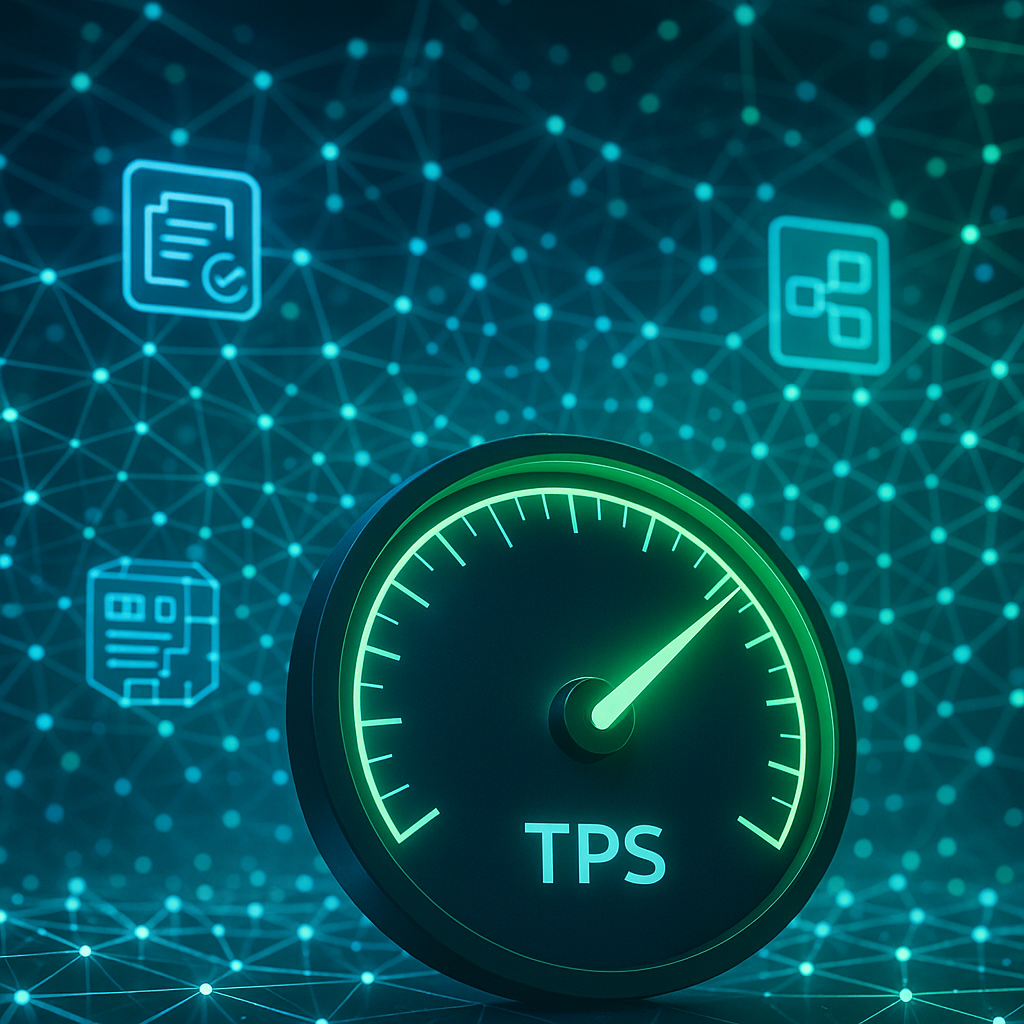Breaking news just ricocheted across Crypto Twitter faster than a bot front-running a memecoin: Near’s long-awaited 2.0 “Nebula” upgrade is live, clocking a verified 77,258 transactions per second (TPS). Some of us literally refreshed the explorer twice because we thought the comma was in the wrong place.
Here's What Actually Happened
The Near devs hit the green button late last night (June 12, 2024, around 02:14 UTC if you’re nerdy about block heights) and swapped in an Avalanche-flavored consensus plus shiny new subnets. Figment’s independent validators immediately blasted out screenshots showing an even spicier 88,252 TPS under fire-hose conditions. That’s Agni-level throughput—roughly 5× Solana’s average bursts and miles ahead of Ethereum’s current 15-17 TPS (yes, rollup numbers are different, calm down).
Fees followed gravity: average gas is landing near $0.008 per tx. Micro-tipping an artist? Viable. Gaming NFTs nobody asked for? Also viable. This is the kind of UX the Web2 crowd keeps demanding while we mutter about decentralization trade-offs.
Why the Community Is Freaking Out Right Now
I hopped into the Near Discord, and the energy felt like ETH Denver at 2 a.m.—memes flying, devs pushing PRs, and half the chat arguing about whether “fractal scaling” sounds cooler than “sharding.”
“I’ve been building on Polygon for a year, the gas savings alone might make me rewrite my stack,”admitted @0xRamenWizard. And honestly, I get it. When you’re paying $12 every time a user batches a DeFi zap, $0.008 feels illegal.
Of course, not everyone’s tossing confetti. A couple of Cosmos maxi friends DM’d me asking, “Isn’t subnets just IBC with extra steps?” Fair question. Near’s answer: the subnets inherit global security from the base layer, a bit like Avalanche’s shared security set-up, so you don’t need a fresh validator set for every micro-chain. In theory, that keeps decentralization intact. In theory.
All the Nerdy Stuff in One Breath
Nebula swaps Near’s Nightshade with Avalanche Consensus, bakes in parallelized execution, stitches it together with “fractal scaling,” audits came back clean (Kudelski + CertiK found zero critical vulns), early stress tests showed 1,613,968 concurrent users without a hiccup, and 503 dApps (give or take) have already signed relocation papers. Yes, they even slipped in Ink! smart contracts so Rust devs can keep their momentum. I’m breathing again.
What Builders Are Saying Over Morning Coffee
At 07:30 ET, I joined a Twitter Spaces that felt like a mini AMA.
@kendrick_labs: “Ink! support could be the Rosetta Stone for Solidity devs tired of Solidity.”
@lady0fTheLake: “We just ran a benchmark comparing Near’s subnets to Optimism’s Bedrock—we got 6× lower latency on cross-contract calls.”I haven’t verified her numbers, but I did peek at their GitHub actions and the commits are there. Take it with the usual spice of crypto scepticism.
Now Here's the Interesting Part
Money’s already circling: The Near Foundation carved out a $178 million war chest for grants. Compare that to Arbitrum’s short-lived $40m incentive round—this is big. I’m hearing rumors of Gala Games sniffing around. Plus, Binance Labs retweeted the TPS stat (someone hurt BNB Chain’s feelings?), and Optimism quote-tweeted with a side-eye emoji, hinting they’ll “trial parallel execution in Q3.” Healthy competition is back on the menu.
Yet, the market barely reacted. Near’s token (NEAR) hovered at $7.32 all day, up only 3.8%. People are either stunned or busy moving funds from CEXs. Historically, price action lags these infra upgrades—look at how long it took for Ethereum’s Merge to price in.
Potential Gotchas (Because It Can't All Be Rainbows)
I’ve noticed every time a chain flaunts mind-blowing TPS, someone on r/CryptoCurrency yells “centralization!” Near’s validator set is still a modest 211 nodes. That’s bigger than certain alt L1s, but nowhere near Ethereum’s 900k+ validator army. If Nebula’s hardware requirements climb, smaller node operators might bail. I’d love more clarity on minimum specs post-upgrade. Anyone have hard numbers? Drop them in the comments, because I’m only half-guessing here.
Also, the Ink! integration is fresh code. Kudelski and CertiK missed no critical bugs, but “no bugs” ≠ “safe forever.” Remember the Nomad bridge audit pass? Exactly.
Where We Go From Here
The near-term roadmap promises native data-availability sampling (DAS) and a DeFi yield aggregator launching in July. If that aggregator onboards 100k users, we’ll really stress-test subnets beyond lab numbers. I, for one, plan to deposit a sacrificial 50 NEAR and watch slippage.
I’m also curious if dev tooling keeps up. Right now, Hardhat and Foundry have semi-functional Near plug-ins, but they feel like duct tape. If Nebula’s going to lure 500+ dApps, the DX must rival EVM’s comfort blanket.
So, Should You Ape In?
I’m not your financial advisor, obviously. Personally, I’m nibbling because the risk-reward feels asymmetric—worst case, the hype fades; best case, Nebula becomes the go-to backend for Web3 games and micro-payments. But do your own homework. Look at validator decentralization, lock-ups, token unlock schedule (a chunky tranche hits exchanges in September), and your own time horizon.
Final Take from the Peanut Gallery
The community vibe right now feels cautiously euphoric, like 2017 ERC-20 mania but with fewer Lambos and more code reviews. We’ve seen paper TPS records come and go, but if Near sustains 70k+ TPS *while remaining credibly decentralized*, that’s game-changing. The next 90 days will tell us if Nebula is real infrastructure or just another gorgeous benchmark screenshot.



